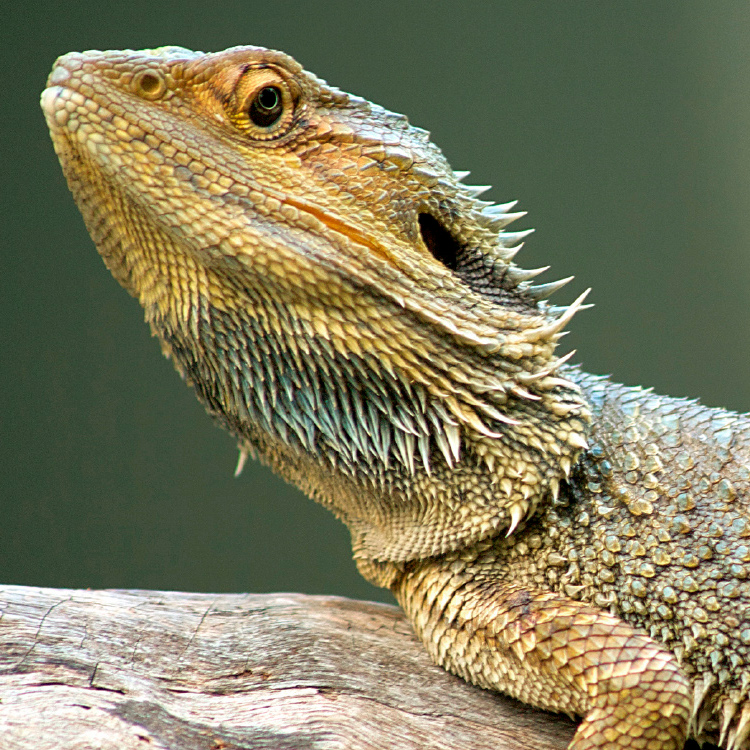Antimicrobial resistance could cause 10 million deaths per year by 2050. Here’s what can be done about it.
As the world recovers from COVID-19, and bird flu decimates wild and farmed birds, the link between food production and pandemic risk has never been clearer.
From zoonotic diseases (those transmitted between animals and humans, through direct or indirect contact) to antimicrobial resistance (AMR) our industrial food systems are creating a breeding ground for viruses and bacteria.
While encroachment into wild habitats is leading to some spillover events, with viruses spreading directly from animals to humans, many of the current viruses of concern, such as avian flu, are being exacerbated by factory farming and the close, cramped conditions that animals are kept in.
So how is our current food system increasing the likelihood of another pandemic? And what can be done to reduce the risk?
To find solutions to these problems, Compassion In World Farming recently hosted scientists, policymakers and delegates at a a two-day conference in London. The Extinction or Regeneration conference saw speakers discuss how current food systems can be changed to make farming and agriculture more sustainable, ethical and eco-friendly, while feeding a growing world.



I think anything that harms humans, animals or the environment should be forbidden! But people cry out for freedom. As if there was a right do harm others! Because of this attitude I’m not a liberal anymore.